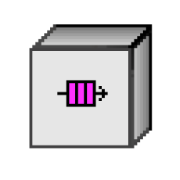-
Similar Content
-
Accessing Breakpoints and Wire Values in Preallocated Clone VIs (LabVIEW Scripting)
By ManuBzh,
- breakpoints
- wire values
- (and 2 more)
- 16 replies
- 3,525 views
-
- 4 replies
- 3,522 views
-
- 3 replies
- 3,747 views
-
- 49 replies
- 39,345 views
-
- 0 comments
- 38,000 views
-




Recommended Posts
Join the conversation
You can post now and register later. If you have an account, sign in now to post with your account.